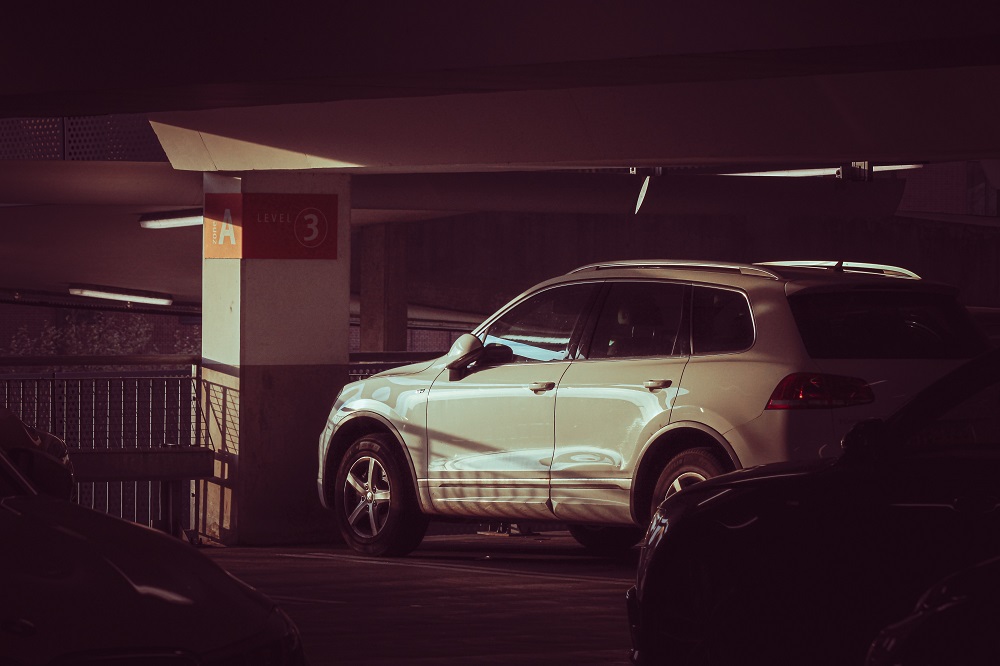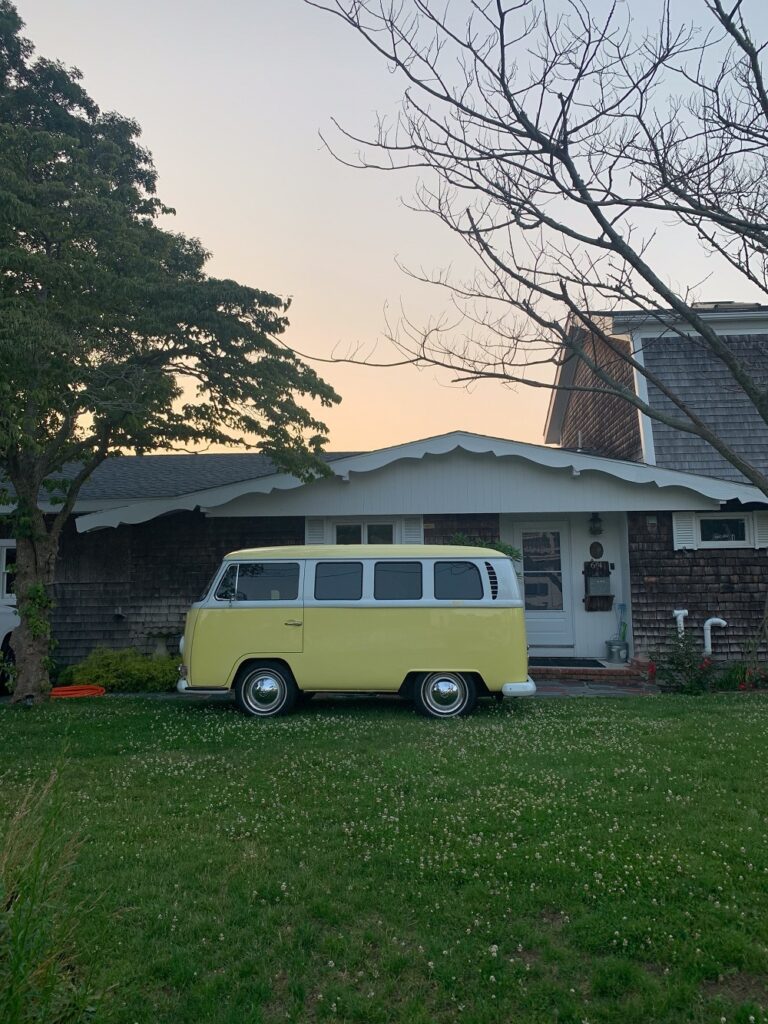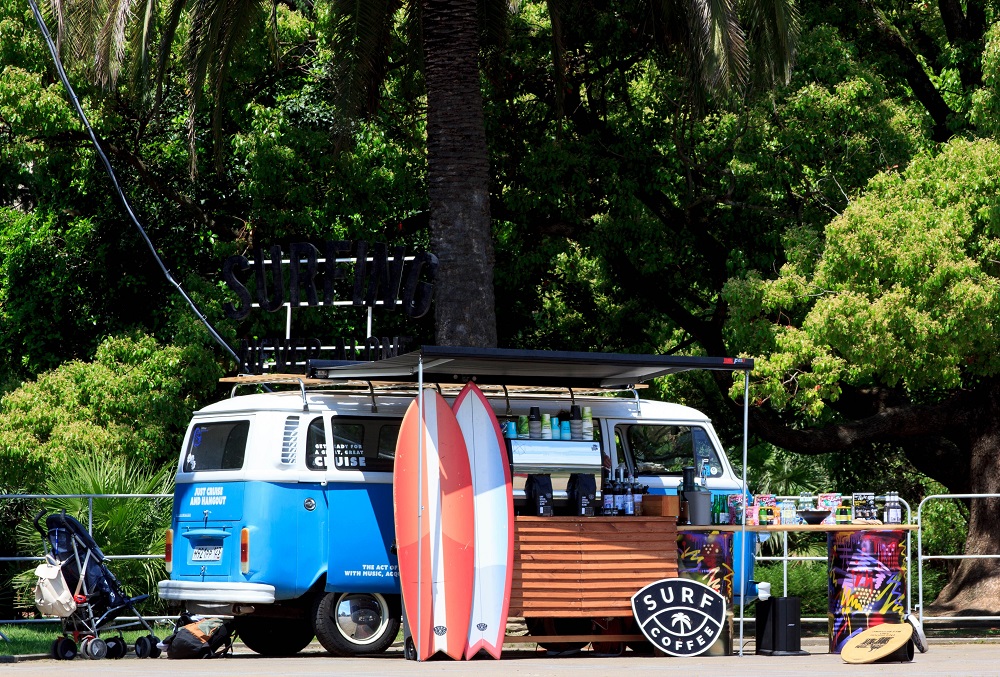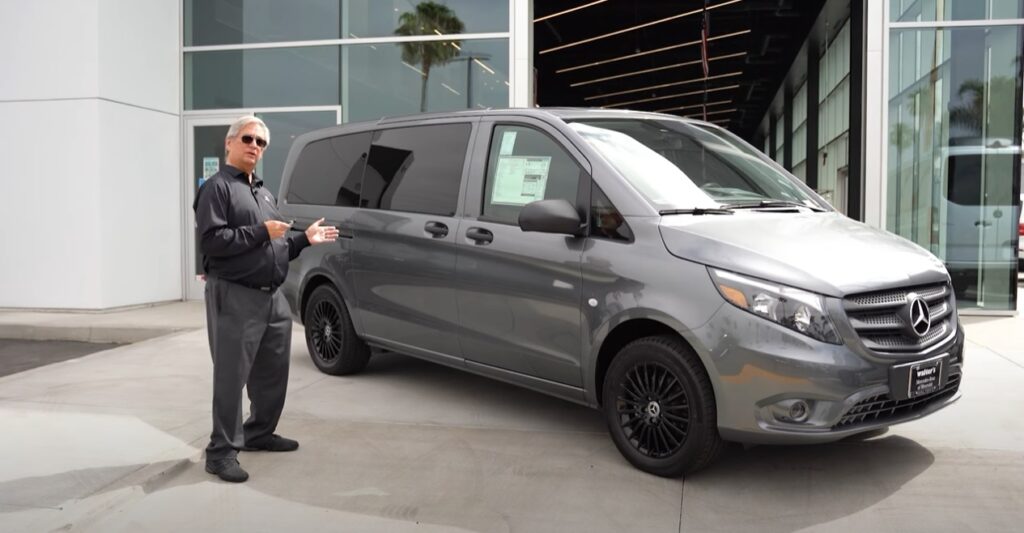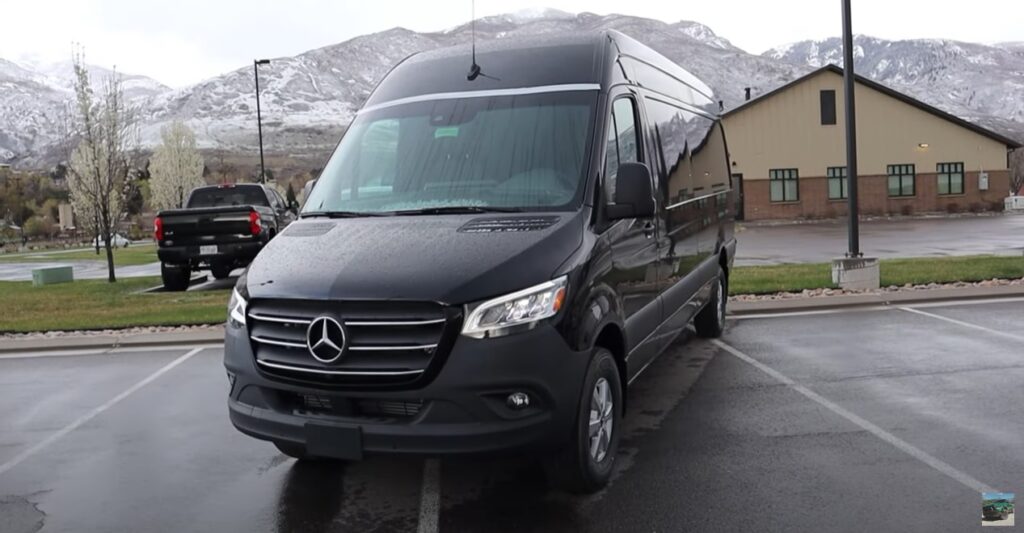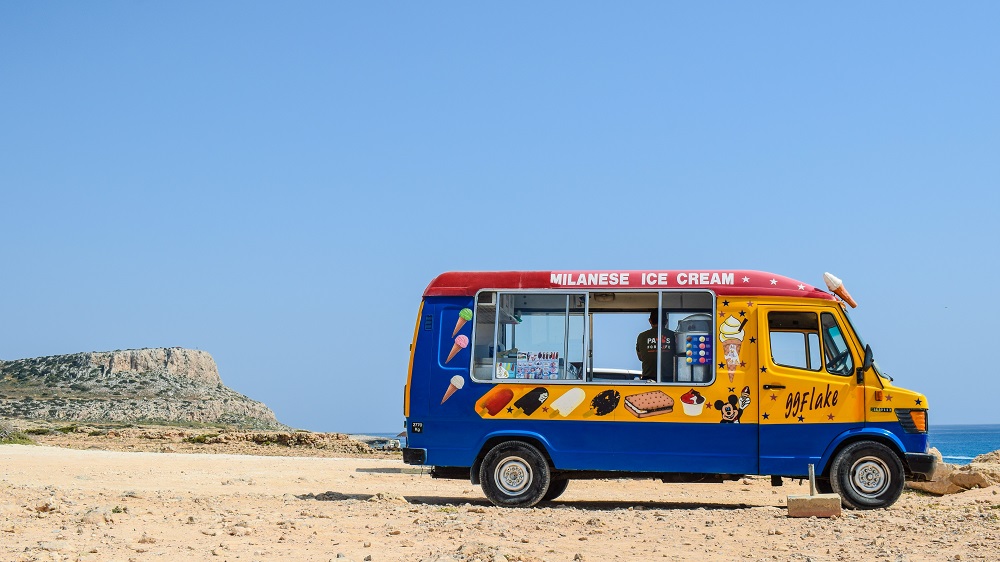
The 1960s were a time of social and cultural upheaval, marked by movements that challenged established norms and values. One of the most iconic symbols of this era was the Volkswagen Bus, affectionately known as the VW Microbus or VW Type 2. The VW Bus not only represented a mode of transportation but also became a symbol of the counterculture movement of the 1960s. In this 2000-word article, we will delve into the history of the VW Bus and its profound connection to the counterculture, exploring how it became a cultural icon and a vehicle for social change.
The Birth of the Volkswagen Bus
To understand the role of the VW Bus in the counterculture movement, it’s important to first explore its origins. The story of the Volkswagen Bus is closely tied to the history of its parent company, Volkswagen, which means “people’s car” in German.
Post-World War II Germany
In the aftermath of World War II, Germany was in ruins, and its economy was struggling to recover. British Army officer Major Ivan Hirst was tasked with reviving the Volkswagen factory, which had been used during the war to produce military vehicles. Under Hirst’s supervision, the factory was repaired and started producing the Volkswagen Beetle, a small, affordable car designed by Ferdinand Porsche.
The Birth of the Type 2
The success of the Volkswagen Beetle inspired the creation of a new vehicle, the Type 2, which would later be known as the VW Bus. The development of the Type 2 began in the early 1950s, with the goal of creating a versatile, multi-purpose vehicle. The Type 2 was designed with a distinctive and practical rear engine, which allowed for a spacious interior.
Debut of the Microbus
In 1950, the first Volkswagen Type 2, known as the Microbus, was introduced. It featured a boxy design with a split front windshield and a sliding side door. The Microbus quickly gained popularity, both in Europe and the United States, as it offered ample interior space and versatility, making it suitable for a variety of uses.
The Counterculture Movement of the 1960s
The 1960s marked a period of immense social and cultural change, with movements that challenged the status quo. The counterculture movement emerged as a response to the prevailing norms and values of the time.
Opposition to the Establishment
The counterculture movement was characterized by a rejection of traditional societal norms, particularly in terms of politics, consumerism, and social behavior. It was rooted in a desire for personal freedom, social justice, and a more harmonious relationship with the environment.
Key Aspects of the Counterculture
The counterculture movement of the 1960s included several key aspects:
- Anti-war protests: Opposition to the Vietnam War was a central theme of the counterculture, with many young people advocating for peace and an end to the conflict.
- Civil rights: The fight for racial equality and civil rights was a major concern, with figures like Martin Luther King Jr. leading the charge.
- Environmental consciousness: The counterculture movement promoted ecological awareness and a return to a more sustainable and natural way of life.
- Alternative lifestyles: Many in the counterculture embraced alternative lifestyles, experimenting with communal living, rejection of materialism, and a quest for spiritual or personal enlightenment.
- Artistic expression: The counterculture produced a wealth of artistic and cultural expressions, from music and literature to art and fashion.
“Summer of Love”
One of the defining moments of the counterculture movement was the “Summer of Love” in 1967. Centered in San Francisco, this period saw a convergence of young people who advocated for love, peace, and unity. It also marked the rise of the hippie culture, which would play a significant role in the association of the VW Bus with the counterculture.
The VW Bus and the Counterculture Connection
The Volkswagen Bus became emblematic of the counterculture movement for several reasons, making it an enduring symbol of the era.
Versatile and Spacious
The VW Bus’s design made it ideal for the counterculture’s communal and nomadic lifestyle. It was spacious, with the ability to accommodate multiple passengers and carry camping gear, musical instruments, and other essentials. This made it the perfect vehicle for road trips, cross-country journeys, and outdoor adventures, all of which were central to the counterculture experience.
Iconic Design
The unique, boxy design of the VW Bus made it instantly recognizable. Its friendly appearance and distinctive shape set it apart from other vehicles of its time. The “split-screen” front windshield, the two-tone paint jobs, and the large VW emblem on the front all contributed to the bus’s iconic status.
Affordable and Accessible
The affordability of the VW Bus made it accessible to a wide range of people, particularly young individuals who were part of the counterculture movement. It allowed them to travel and explore, often on a shoestring budget.
Customization
Many VW Bus owners took customization to new heights, turning their vehicles into rolling works of art. The exteriors and interiors of these buses often featured vibrant colors, psychedelic patterns, and messages that reflected the counterculture’s ideals of peace, love, and freedom.
Music Festivals
The VW Bus became a staple at music festivals of the era, most notably Woodstock in 1969. These festivals were gathering places for like-minded individuals who embraced the counterculture ethos, and the bus symbolized the freedom and adventure associated with such events.
Cultural References
The VW Bus made appearances in various forms of media, solidifying its place in the counterculture’s cultural landscape. It appeared in songs, films, and literature, further reinforcing its connection to the movement.
The “Magic Bus” and Popular Culture
One of the most famous references to the VW Bus in popular culture is in The Who’s song “Magic Bus.” Released in 1968, the song’s lyrics express the desire for freedom and the sense of adventure associated with the counterculture. The Magic Bus, as depicted in the song, becomes a symbol of escape and exploration:
“Every day I get in the queue To get on the bus that takes me to you I’m so nervous, I just sit and smile Your house is only another mile Thank you, driver, for getting me here You’ll be an inspector, have no fear I don’t want to cause no fuss But can I buy your Magic Bus?”
The song not only captures the spirit of the counterculture but also solidifies the image of the VW Bus as a vessel for seeking freedom and adventure.
The “Hippie Bus”
The VW Bus’s association with the counterculture movement earned it the nickname “Hippie Bus.” Hippies, who were central figures in the counterculture, embraced the bus for its versatility and free-spirited appeal. Many adorned their buses with hand-painted flowers, peace symbols, and slogans that represented their values.
The “Hippie Bus” became a symbol of peace, love, and a rejection of materialism. It was a vehicle for spreading messages of unity and advocating for a more harmonious coexistence with nature. The VW Bus and its tie-dyed, flower-power aesthetic became synonymous with the counterculture movement.
The Decline and Resurgence of the VW Bus
While the 1960s were the heyday of the VW Bus’s association with the counterculture, the vehicle continued to be popular throughout the 1970s. However, changing safety and emissions standards led to the end of its production in the United States in 1979. In other parts of the world, it continued to be produced for a few more decades.
In the 1980s and 1990s, the VW Bus experienced a decline in popularity as it faced competition from more modern and practical vehicles. However, it never entirely disappeared from the public’s imagination. Its iconic status led to a resurgence in the 21st century, with collectors and enthusiasts seeking out vintage models and a new generation of fans embracing the classic design.
The Reimagined Volkswagen Bus: ID. Buzz
In recent years, Volkswagen has recognized the enduring appeal of the VW Bus and has announced the development of the ID. Buzz, an electric successor to the iconic vehicle. The ID. Buzz is designed to capture the spirit of the original Microbus while incorporating modern technology and sustainability features. It represents a fusion of nostalgia and innovation, appealing to both longtime VW Bus enthusiasts and a new generation of environmentally conscious consumers.
The VW Bus, or Microbus, is more than just a vehicle; it’s a cultural icon that reflects the ideals and values of the counterculture movement of the 1960s. With its versatile design, affordable price, and distinctive appearance, it became a symbol of freedom, peace, and adventure. The “Hippie Bus” captured the imagination of a generation and left an indelible mark on popular culture.
Though the original VW Bus is no longer in production, its legacy lives on through the countless vintage models that are lovingly maintained and restored by enthusiasts. The vehicle’s enduring appeal has also prompted Volkswagen to revisit its iconic design with the development of the electric ID. Buzz, ensuring that the spirit of the VW Bus will continue to inspire future generations.
In the annals of automotive history, the VW Bus holds a unique place as a symbol of a bygone era and a testament to the enduring power of counterculture ideals. As a reminder of the 1960s and the spirit of change and transformation, the VW Bus remains an enduring and cherished symbol of an era defined by its desire for peace, love, and the open road.
Generated by ChatGPT
